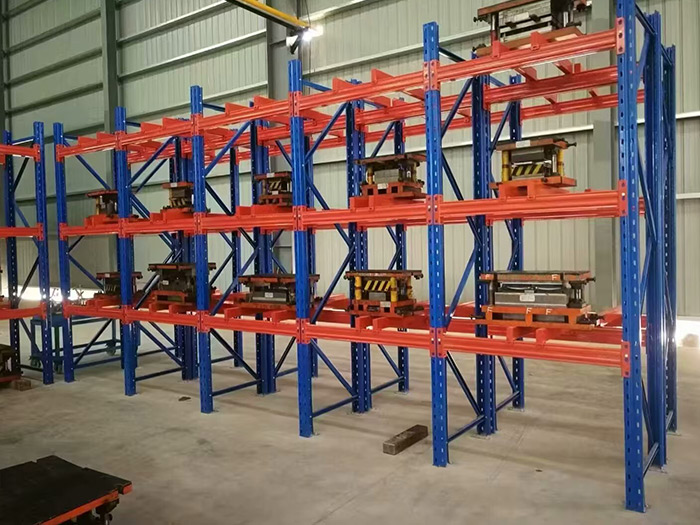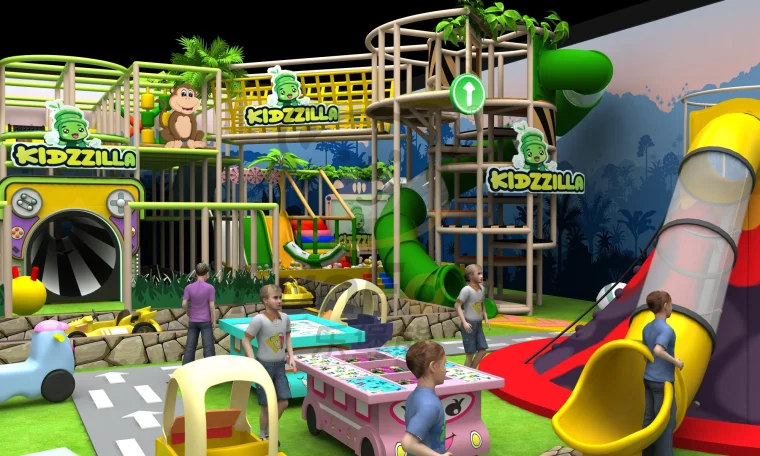Cost-Effective Solutions for Internal Wall Cladding: A Comprehensive Guide
3 min readWhen it comes to enhancing the aesthetic appeal and functionality of your interior spaces, wall cladding plays a pivotal role. However, the question that often arises is: What is the cheapest way to clad an internal wall? This article delves into various economical options, providing insights into materials, installation techniques, and long-term benefits, ensuring you make an informed decision.
Understanding Internal Wall Cladding
Before exploring cost-effective solutions, it's essential to understand what internal wall cladding entails. Wall cladding refers to the application of one material over another to provide a skin or layer, which serves both decorative and protective purposes. It can improve insulation, soundproofing, and overall durability of the walls.
Factors Influencing Cost
Several factors influence the cost of cladding an internal wall, including:
- Material Selection: The type of material you choose significantly impacts the overall cost. Common materials include wood, vinyl, plasterboard, and metal.
- Labor Costs: Depending on whether you opt for DIY installation or hire professionals, labor costs can vary widely.
- Surface Preparation: The condition of the existing wall may necessitate additional preparation work, which can add to the overall expense.
- Finishing Touches: Paint, trim, and other finishing materials can also contribute to the total cost.
Economical Cladding Options
- Plywood Panels
Plywood is a versatile and cost-effective material for internal wall cladding. It is relatively inexpensive, easy to work with, and can be painted or stained to match your interior design. Plywood panels can be installed directly onto existing walls, reducing the need for extensive preparation.
Cost-Effectiveness: Plywood typically costs between $1.50 to $3.00 per square foot, making it one of the most affordable options available.
- Vinyl Wall Panels
Vinyl wall panels are another budget-friendly option. They come in various designs and finishes, mimicking the appearance of wood, stone, or tile. Vinyl is lightweight, moisture-resistant, and easy to clean, making it suitable for areas prone to humidity, such as bathrooms and kitchens.
Cost-Effectiveness: Vinyl panels can range from $0.50 to $2.00 per square foot, depending on the quality and design.
- Gypsum Board (Drywall)
Gypsum board, commonly known as drywall, is a staple in interior construction. It is relatively inexpensive and provides a smooth surface that can be painted or finished in various ways. While it may not offer the same aesthetic appeal as wood or vinyl, it is an excellent choice for a minimalist look.
Cost-Effectiveness: Drywall costs approximately $0.40 to $1.00 per square foot, making it one of the most economical choices for wall cladding.
- Reclaimed Wood
For those looking to add character to their interiors, reclaimed wood can be an affordable and sustainable option. Sourcing reclaimed wood from local suppliers or construction sites can significantly reduce costs. This option not only adds a unique aesthetic but also contributes to environmental sustainability.
Cost-Effectiveness: Depending on availability, reclaimed wood can range from $2.00 to $5.00 per square foot.
- Paint and Stencils
If you're looking for the absolute cheapest way to clad an internal wall, consider using paint and stencils. This method allows you to transform a plain wall into a work of art without the need for additional materials. With a little creativity, you can achieve stunning effects that mimic more expensive cladding options.
Cost-Effectiveness: The cost of paint and stencils can be as low as $0.20 to $1.00 per square foot, depending on the quality of materials used.
Installation Techniques
DIY vs. Professional Installation
One of the most significant ways to save on cladding costs is through DIY installation. Many of the materials mentioned above are user-friendly and can be installed with basic tools. However, if you're not confident in your skills, hiring a professional may be worth the investment to ensure a high-quality finish.
Surface Preparation
Before installing any cladding, ensure that the wall surface is clean, dry, and free of any damage. This preparation can prevent future issues and ensure the longevity of your cladding.
Conclusion
In conclusion, cladding an internal wall doesn't have to break the bank. By exploring various materials and installation techniques, you can find a solution that fits your budget while enhancing the beauty and functionality of your space. Whether you choose plywood, vinyl, drywall, reclaimed wood, or even paint, the key is to assess your needs and preferences carefully. With the right approach, you can achieve stunning results without overspending.



